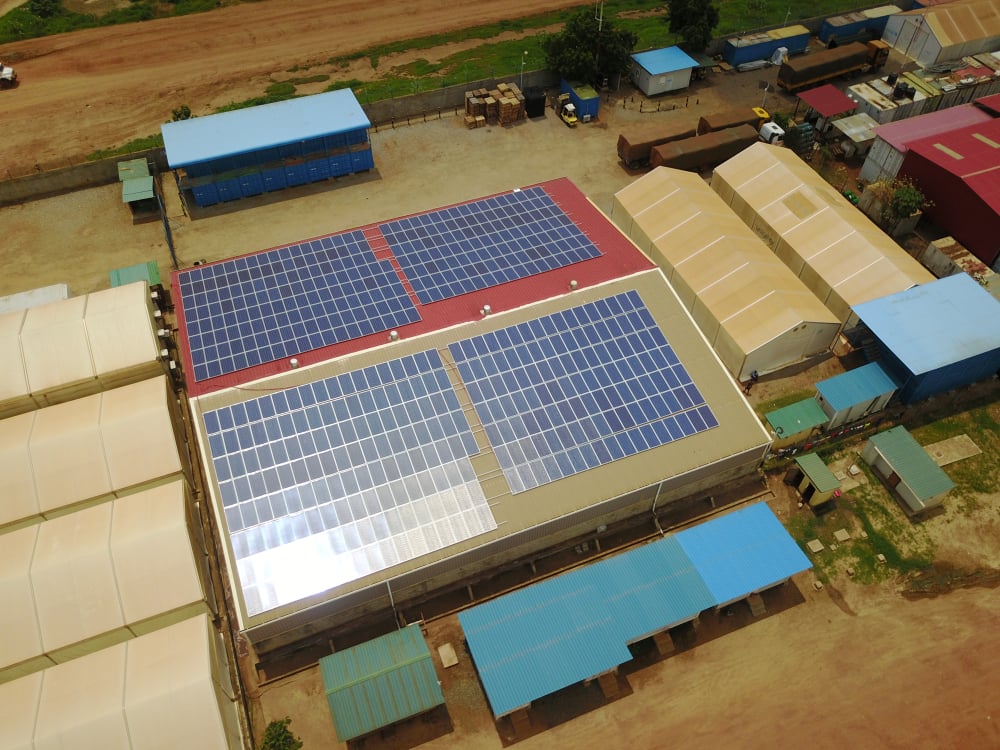Summary
A subcommittee will weigh the pros and cons, and will send questions to the Clean Energy Alliance and San Diego Community Power.
Source: The San Diego Union-Tribune on MSN.com

AI News Q&A (Free Content)
Q1: What is Community Choice Aggregation, and how does it empower local entities in energy decision-making?
A1: Community Choice Aggregation (CCA), also known as Community Choice Energy, allows local entities to aggregate the buying power of individual customers within a defined jurisdiction. This enables them to secure alternative energy supply contracts, choosing the power generation source on behalf of the consumers. By aggregating purchasing power, CCAs can create large contracts with generators, which individual buyers may not be able to do. The main goals are to lower costs for consumers and offer greener generation portfolios than local utilities.
Q2: How might joining a community choice energy program benefit a city like Coronado?
A2: Joining a community choice energy program could benefit Coronado by providing access to potentially lower energy costs and a greener energy mix. These programs enable municipalities to choose renewable energy sources, which can result in reduced carbon footprints and increased local control over energy decisions. Additionally, such programs can offer economic benefits by keeping energy-related expenditures within the community.
Q3: What are the pros and cons of Community Choice Aggregation for consumers?
A3: The pros of Community Choice Aggregation include the potential for lower energy costs, increased use of renewable energy sources, and greater local control over energy decisions. However, the cons may involve initial setup costs, the complexity of managing energy contracts, and the risk of fluctuating energy prices. Additionally, there might be resistance from existing utility companies, which could impact the smooth implementation of such programs.
Q4: How do renewable energy producers impose externalities on non-renewable energy producers, according to recent research?
A4: Recent research indicates that renewable energy producers impose externalities on non-renewable energy producers due to the intermittent nature of renewable energy. This intermittency means that non-renewable producers often have to provide backup power to ensure a stable energy supply, which is not currently priced into the energy market. This leads to hidden monetary transfers from non-renewable to renewable producers, impacting the market dynamics as renewable energy penetration increases.
Q5: What are the latest control strategies for microgrids with renewable energy and battery storage systems?
A5: The latest control strategies for microgrids with renewable energy and battery storage systems involve optimizing the use of renewable resources and battery energy storage to manage variability and intermittency. These strategies include predictive techniques and control algorithms that allow for efficient energy storage and dispatching, which can maximize profit and minimize energy costs. Proper control ensures that renewable energy can be used on demand, enhancing the reliability and efficiency of microgrids.
Q6: What role does hydrogen energy play in enhancing the integration of renewable energy into power grids?
A6: Hydrogen energy plays a significant role in enhancing the integration of renewable energy into power grids by providing a means to store and transfer energy. As renewable penetration levels rise, the ability to store excess energy and manage volatility becomes crucial. Hydrogen energy systems can convert renewable energy into hydrogen, which can then be stored or transported, helping to balance supply and demand and reduce renewable energy curtailment in power systems.
Q7: What are the challenges and opportunities associated with demand response schemes in renewable energy integration?
A7: Demand response schemes present both challenges and opportunities in renewable energy integration. Challenges include the need for sophisticated control systems and market mechanisms to manage energy demand and supply. However, opportunities arise in the form of incentives for load aggregators to adjust energy consumption, which can help accommodate renewable energy in power systems. By strategically participating in demand response programs, aggregators can optimize energy use and enhance grid stability.
References:
- Community Choice Aggregation
- Pricing Energy in the Presence of Renewables
- Control Strategies for Microgrids with Renewable Energy Generation and Battery Energy Storage Systems
- The Benefits of Hydrogen Energy Transmission and Conversion Systems to the Renewable Power Grids: Day-ahead Unit Commitment
- Competitive DER Aggregation for Participation in Wholesale Markets




